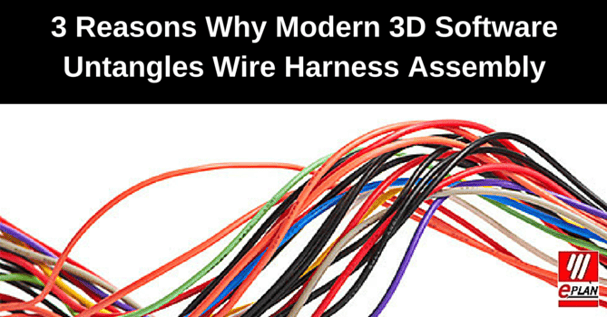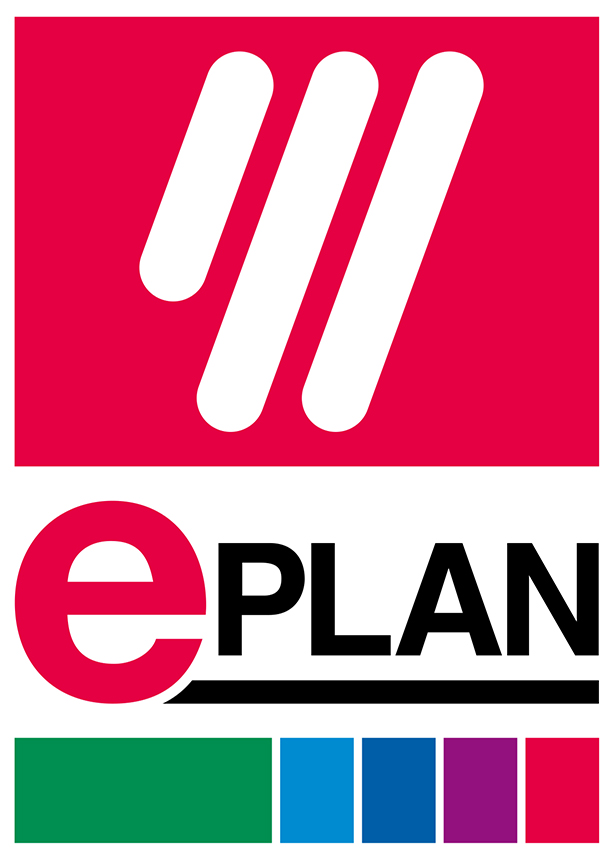
No matter what the industrial application, creating wire harness assemblies is a painstaking element of machine design. Though crucial, it has traditionally been a manual process, oftentimes saved for the end of the design process with individual teams working on their end and moving it along to the next “island.” The development can be cumbersome, with conversions being passed back and forth between groups and manual data reentry required as changes are made.
This route to design completion, while highly inefficient, was the accepted practice. However, developments in 3D software tools used to create wire harnesses have created opportunity to modernize the process.
Here are 3 ways it does just that:
Configuration Management
Measure twice; cut once is more than a carpenter’s rule. Having a holistic view of the entire production process can offer insight that allows for cost and time savings. This can be especially crucial to wire harness design.
Next generation 3D software offers just such a perspective. Clear management of all documents and information within a wire harness project are available and connects all elements of the design process together, including data - more about that later.
With effective project management in place, wire harnesses are not done at the end of the product development cycle, but within it, which translates into huge time and cost benefits. Inventory control and ordering of harness components is also optimized.
Some of the other advantages are:
- Easy definition of cable and wire harness routes through an intuitive point-and-click method.
- Simple adoption of wiring lists and connection information from EPLAN
- Fully automated routing of wires and cables on previously defined path
- 2D production drawings – from 1:1 pin- board to handy service documents in the scale required
SEE ALSO: On-Demand Webinar: Reduce Complexity and Costs in Wire and Cable Harness Designs
Digital Continuity
Today’s high functioning design software sits on top of the database, allowing for digital continuity. With this in place, data flows from one development stage to another without duplication, disconnection, or data re-entry. Critical information can be shared and disseminated throughout the production cycle bridging teams over organizational and geographical boundaries.
Having digital continuity allows for the standardization of component data as well, allowing for a library of standard components such as connectors, cables, splices, etc. that can be inserted into the design and providing quicker configuration.
Teamwork
When all stakeholders are seeing, and communicating, from a comprehensive viewpoint in real time, they can make more informed, and collaborative decisions.
When you bring design teams together and enable them to enact upon the same data, you bridge a gap that is critical in the product development process. Once you have such a foundation in place, team members can focus on optimizing the design in areas such as determining the best size and gauge of wire or whether to use copper wire or fiber optics.
These modern 3D software tools elevate the wire harness design process to new levels of efficiency, which translates to significant cost savings and a faster development cycle that only grows more efficient over time.





